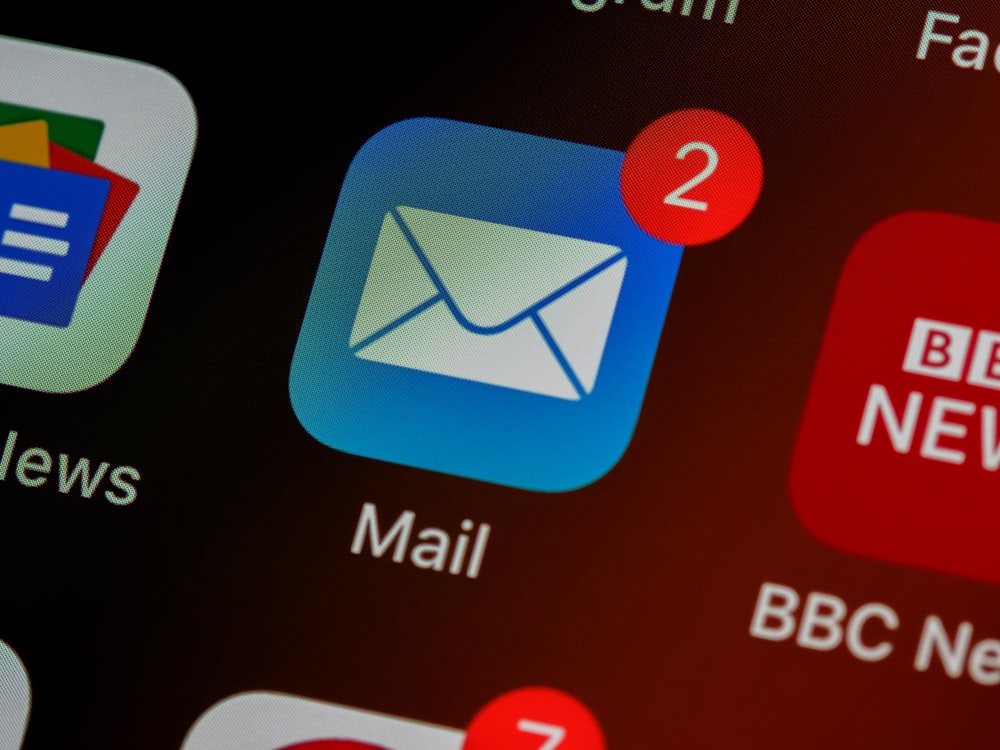Designing Accessible Emails: Inclusive by Default
Accessible email design improves the experience for everyone. It also expands your addressable audience and reduces friction that hurts conversion. By adopting a few core practices—contrast, structure, text alternatives, and predictable interactions—you’ll make your emails easier to read and act on across devices and abilities.
1) Color and contrast
Use sufficient contrast for text and key UI elements. Avoid relying on color alone to signal meaning—pair with icons or labels. Test your palette against WCAG guidelines and check dark mode variants.
2) Structure and headings
Use a logical heading hierarchy so screen readers can navigate quickly. Keep sections short with descriptive headings. Avoid large blocks of unbroken text; spacing and subheads help comprehension.
3) Alt text and link text
Add alt text to meaningful images. Decorative images can have empty alt attributes to prevent noise. Make link text descriptive (“View the case study”), not generic (“Click here”).
4) Motion and media
Minimize animation and avoid flashing content. If you include GIFs, ensure the first frame communicates the core idea. Provide captions or transcripts when linking to video content.
5) Keyboard and focus
In webmail contexts, ensure logical focus order and visible focus states. Buttons should be large enough for touch and keyboard users, and spacing should prevent accidental taps.
6) Language and readability
Use plain language and short sentences. Explain acronyms and jargon on first use. Accessible language reduces cognitive load and benefits all readers.
Checklist
- Contrast checked (light and dark mode)
- Logical headings and short sections
- Alt text for meaningful images
- Descriptive link text
- Minimal motion; safe GIFs
- Large tap targets and clear focus
- Plain, concise language
Key takeaway
Designing for accessibility is designing for everyone. Build these practices into your templates and checklists, and your emails will be easier to read, navigate, and act on.
Quick wins
- Increase paragraph spacing and line height.
- Replace vague link text with action labels.
- Add alt text to recurring images in your templates.
- Run a dark mode pass on headers/footers.



